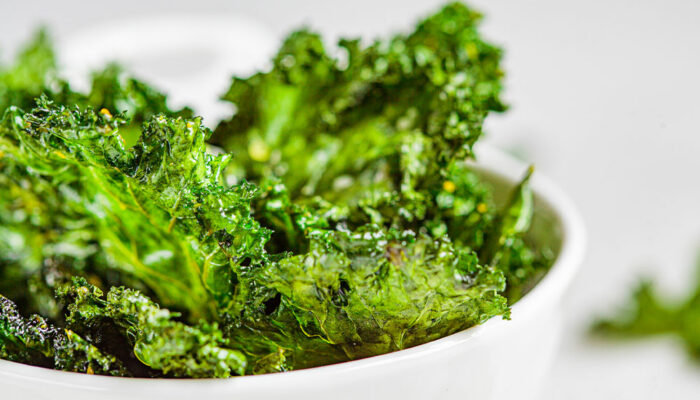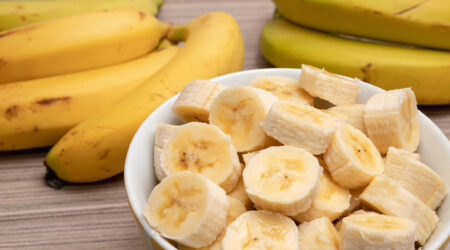
Top 3 Smoothies for Managing Arthritis Pain
Arthritis affects 350 million people around the world. The condition causes joint pain and inflammation. In addition to seeking appropriate treatment, making healthy nutritional changes can also help reduce the pain and inflammation associated with arthritis. An easy way to get more anti-inflammatory foods and essential nutrients into the meal plan is to have smoothies. So, here are delicious and nutrient-packed smoothies that can help one deal with arthritis and relieve its symptoms. What is arthritis? Arthritis is a comprehensive term used to describe over 100 different types of joint conditions. It affects people of all ages, genders, and ethnicities. The most common type of this condition is osteoarthritis, which develops when the protective cartilage that cushions the ends of bones wears down over time. Other common types are rheumatoid and psoriatic arthritis. Some factors may contribute to the development of arthritis, such as genetics, injury, infection, and hormonal changes. The condition can cause pain, stiffness, swelling in joints or surrounding tissues, decreased range of motion in affected areas, and fatigue. Symptoms vary based on the type but generally worsen with age or after extended periods without movement, such as sitting for long periods at work or sleeping for too long without stretching. Best smoothies Tropical sunrise smoothie For those looking for a refreshing and nutritious beverage to ease arthritis pain, the tropical sunrise smoothie is the perfect option. It contains ingredients rich in antioxidants, anti-inflammatory properties, and essential vitamins and minerals to support joint health. Here is the recipe: 1 cup of unsweetened coconut milk: The unsweetened coconut milk serves as a creamy and dairy-free base for this delicious smoothie. Coconut milk contains lauric acid, a medium-chain fatty acid that has been shown to reduce inflammation in the body. It is also rich in vitamins C and E, which can help boost the immune system and protect joints from damage.
Read More 









